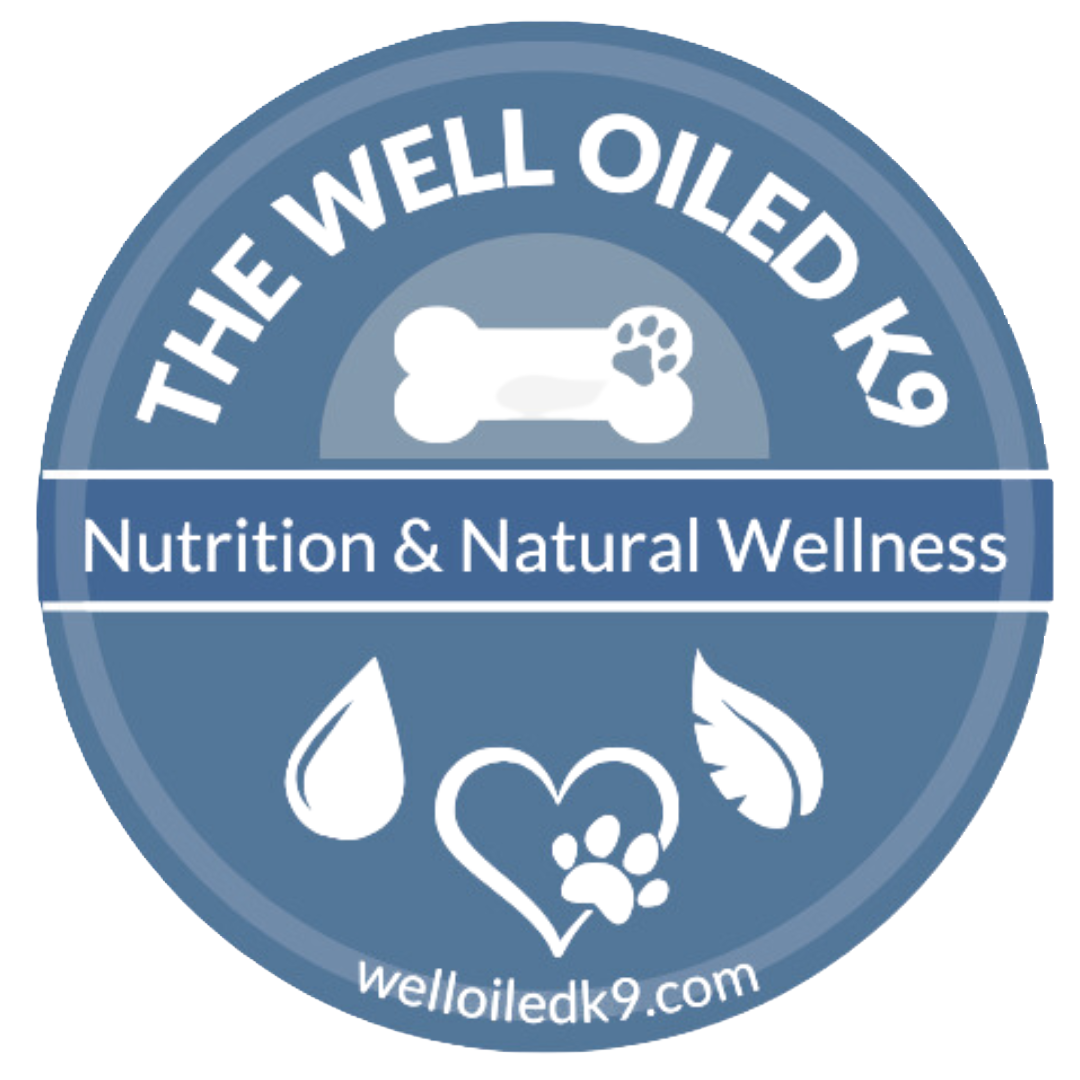When Your Dog Has A Lipoma
“Lipomas are the body putting the toxins/synthetics somewhere out of the way, because they don’t know what to do with them. ”
Lumps, Bumps, Cysts and Fatty Tumors. We see them very often, but we do not like them. The good news, you went to the vet and he told you it’s nothing to worry about. Just a fatty lump and “let’s watch it”. I’m not one of those do nothing until it changes type of people. Especially when there are options you try!
What is a Fatty Lipoma
According to TCVM, lipomas are an accumulation of substantial phlegm due to Spleen Qi Deficiency.
Fatty lipomas, commonly found in aging dogs, are accumulations of fatty tissue that often develop due to prolonged toxin buildup in their cellular structure. While usually harmless, these growths can sometimes cause discomfort or restrict movement, leading to the consideration of surgical removal. However, exploring natural remedies at home can be a proactive step to manage and potentially reduce these bumps.
See your veterinarian for an official diagnosis. Then you and I can collaborate on a wellness strategy to support your dog.
I take a multi-faceted approach when addressing lipomas, fatty tumors, cysts, and other bumps in dogs. Please note that while holistic remedies can be beneficial, consulting a veterinarian is crucial to ensure the best care for your pet's specific condition.
Here are a few holistic options that might be considered:
Dietary Adjustments:
Fresh Foods: Emphasize a whole-food diet rich in lean proteins, vegetables, and healthy fats. Consider lean meats, leafy greens, carrots, and other non-starchy vegetables.
Fresh Whole foods support the lymphatic and circulatory health, therefore reducing storage of “phlegm” often caused by dry foods, that leads to these Lipomas.
Explore Detox Protocols for Heavy Metals, Vaccines and Other Toxins (ask me to guide you)
Cooling Foods (TCVM) rich in moisture.
Omega-3 Fatty Acids: Incorporate sources like fish oil or flaxseed oil to help reduce inflammation and support skin health.
Fresh Herbs: Cilantro, Coriander, Parsley
Antioxidants: Yes, I know some of you are not ready to make the switch to a fresh food diet, you can still look at adding lots of antioxidant support for your dog and fresh leafy greens. Keep reading the blog for more on fresh foods, liver, detox & antioxidant support.
Don’t forget the Ningxia Red from Young Living.
Vitamin A Supplementation (available on Dr. Ruth’s Store or Fullscript) https://linktr.ee/welloiledk9
Herbal Supplements:
Turmeric: Known for its anti-inflammatory properties, turmeric can be added to your dog's food or given as a supplement.
Milk Thistle: Supports liver health, which can aid in detoxification processes. If you’ve already been on Milk Thistle we may need to explore glutathione.
Dandelion Root — detoxifying for kidneys
Essential Oils:
Frankincense Oil: Has anti-inflammatory properties and may support the reduction of lumps and bumps. Dilute properly before applying topically (consult a holistic vet or a professional in aromatherapy for guidance on proper dilution and usage).
Orange has tissue health properties
Lemon, Lime, Coriander, Cilantro, Grapefruit
Ledum
Animal Scents Ointment zhuzhed up with essential oils will keep the oils on the location topically for targeted applications.
CBD (Cannabidiol):
CBD Oil: May help with inflammation and pain associated with these conditions. Look for high-quality CBD products specifically formulated for pets and follow dosing instructions carefully.
We especially love and recommend CBD Dog Health Remedy Salve when paired with CBD Dog Health Heal and Myco Dogs Vitality (Mushroom Tincture)
Homeopathy:
Silicea: Often recommended in homeopathic treatments for its potential to aid in the elimination of cysts and promote healing.
Thuja: part of vaccine detox protocol
Ledum- supports the liver
Chinese Herbs:
Dissolve Mass / Stasis Breaker: https://amzn.to/3OeHtz3
Kan Essentials (herbs): Message me for drop ship orders w/ a client dicount https://amzn.to/3Hunc4A
Remember, holistic treatments work best as part of an integrated approach, and individual responses can vary. It may take time. But you are strongly encouraged to maintain regular monitoring and consultation with a veterinarian are essential to assess the effectiveness of the protocol and ensure your dog's well-being.
Sometimes you may have to have them surgically removed if they are in a spot that becomes uncomfortable for your dog, limits mobility, or continues to grow. Don’t get bogged down in surgical procedures — I had one removed from Howie under local anesthesia.
Remember, these things didn’t get here overnight, even though they may seem to you like it just popped up out of the blue. The body has been dealing with it for a long time. So it may take quite a while to see a change in appearance of the fatty tissue.
Le
Order CBD Dog Health and Myco Dogs Here
Vist my link tree for other product options
Jump in my FB group to keep learning more

